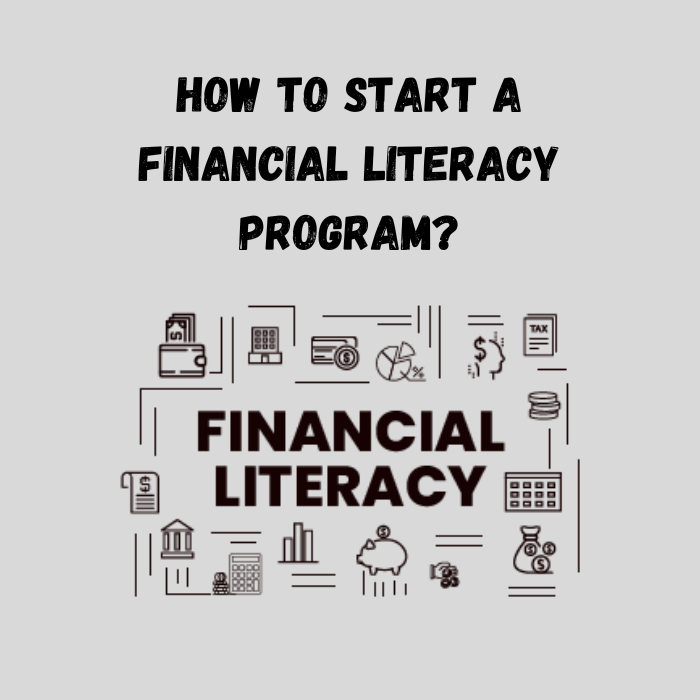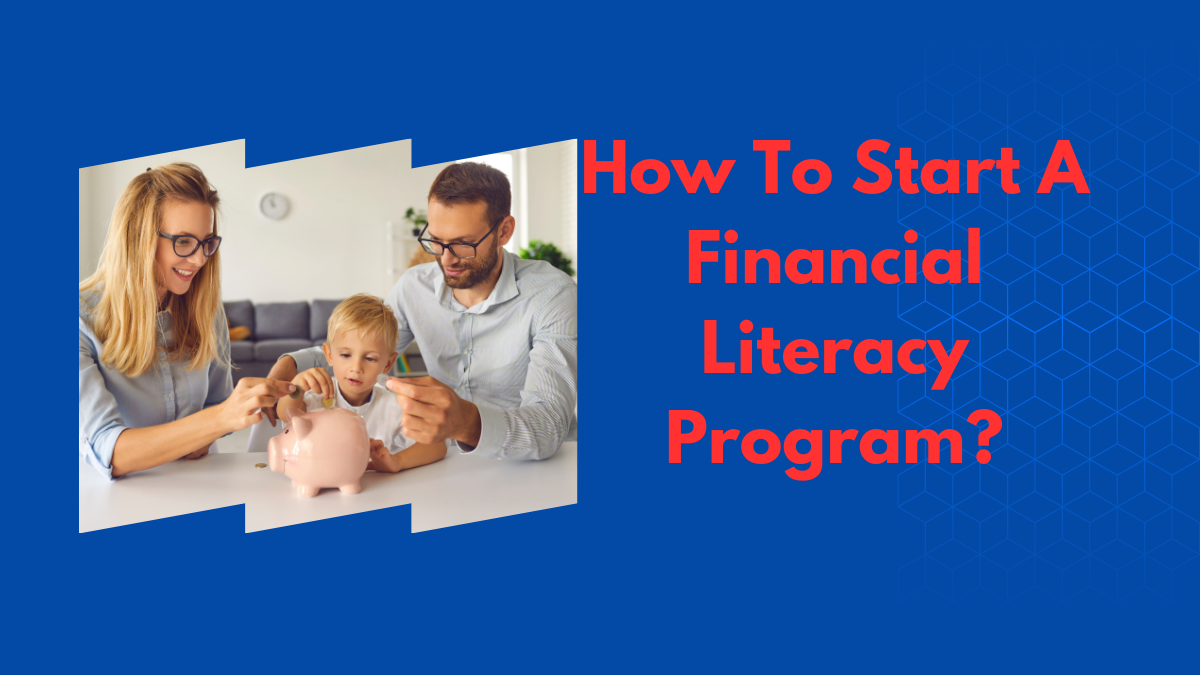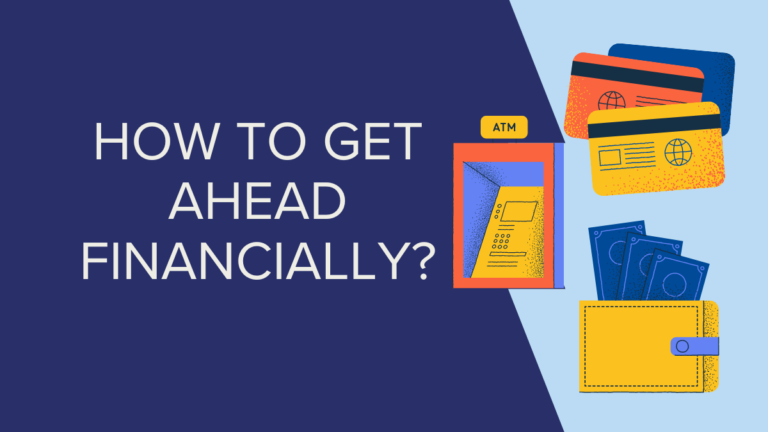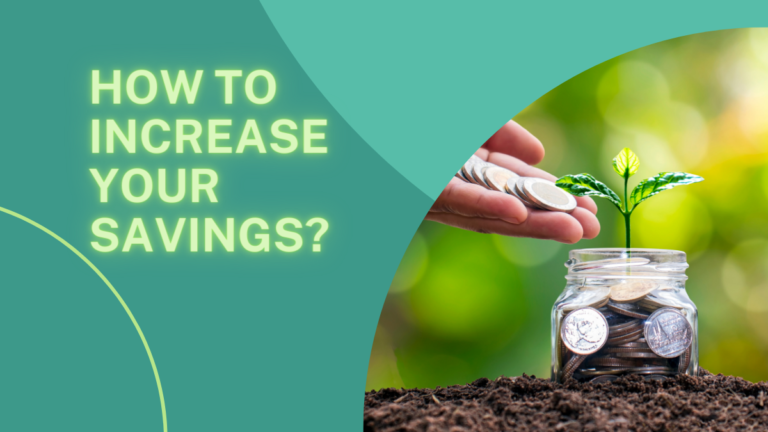How To Start A Financial Literacy Program?
Are you passionate about empowering others to take control of their financial future? Do you believe that education is the key to breaking the cycle of financial illiteracy? If so, then this blog post is for you! Today, we will be diving into the world of starting a financial literacy program and providing you with all the tools and resources you need to make a real impact in your community.
Whether you’re an educator, a nonprofit organization, or simply someone who wants to make a difference, get ready to learn how to create an engaging and effective program that will transform lives. So grab your pen and paper – it’s time to start building a brighter financial future together.
Table of Contents
What is Financial Literacy?
Financial literacy is the ability to understand and use financial concepts. Financial literacy can help people make sound financial decisions, save for future goals, and handle unexpected expenses. To develop a financial literacy program, start by identifying your community’s needs.
You may also want to focus on specific topics, such as managing money in an emergency fund or planning for retirement. Next, develop tailored materials to teach your community about these topics.
Encourage community members to use these materials and stay up-to-date on new information. By working together to create a financial literacy program, you can help everyone in your community improve their financial situation.

Types of Financial Literacy Programs
There are many types of financial literacy programs, some more intensive than others. Some programs focus on teaching general financial concepts, while others emphasize specific topics like budgeting or investing.
Some programs use lectures and readings, while others use interactive activities and games. There is a lot of variety out there when it comes to financial literacy programming, so it’s important to choose the type that will work best for your school or organization.
Here are some tips for choosing a financial literacy program:
- Consider the target audience: Financial literacy programming typically targets elementary and high school students, but it can be adapted for other age groups as well. If you’re not sure who your target audience is, ask your school district or community organization what kind of financial education they think is needed in the area.
- Look at the curriculum: There are a lot of different financial literacy curriculums available, so it’s important to research which one would be best suited for your school or organization. Some popular options include The Personal Finance Coursebook Series from McGraw-Hill (for elementary schools), Investing For Dummies from Wiley (for high school), and The Complete Guide to personal finance from American Express (for all ages).
- Review the cost/benefit analysis: Before committing to a particular program, make sure to review the cost/benefit analysis to see if it’s worth spending money on. Many programs have free versions as well as paid versions, so it’s important to compare the two to make sure you’re getting the best value for your money.
How to Start a Financial Literacy Program?
A financial literacy program can help people learn about personal finances and how to manage their money responsibly. There are a few things you need to start a successful program: an idea for teaching personal finance, a curriculum, and funding.
To get started, it’s important to have an idea of what you want your program to accomplish. What are the goals of your program? Are you looking to create awareness about personal finance among students? Increase financial literacy skills? Cooperate with local banks or credit unions? Once you know what you’re after, it’s time to develop the curriculum.
There isn’t one perfect curriculum for every program; however, there are some general elements that should be included. The curriculum should cover topics such as: understanding money concepts, budgeting, and tracking expenses, investing and saving for the future, debt management, and consumer protection laws.
You will also need to decide how much money your program will cost to run. Do you want volunteers or paid staff members? Will materials be purchased or do they already exist in the school district? Once you have all of this information, it’s time to find funding.
There is no one answer when it comes to finding funding for a financial literacy program; however, there are several options available that might fit your needs. You could try reaching out to local banks or credit unions and see if they would be interested in collaborating on your project.
You could also look into grants from organizations like the United Way or the Gates Foundation. Another option is to fundraise, either through events or online donation platforms. Once you have all of this information, it’s time to get started.
What will the program cover?
Financial literacy is necessary for navigating the many choices that come with being financially independent and responsible. Financial literacy provides people with the knowledge and skills to make informed decisions about their finances, including understanding how to save for future goals, investing for long-term growth, and coping with unexpected expenses.
When developing a financial literacy program, it is important to consider what students will need to be successful. Financial literacy should include instruction on money basics such as how to budget, earn and spend responsibly, understand different types of loans and credit cards, calculate interest rates, and identify scams to avoid.
Additionally, programs should focus on teaching students how to become better consumers by knowing their rights and responsibilities when shopping for goods and services.
There are several ways to start a financial literacy program in your school or community. One option is to partner with local banks or other financial institutions that are willing to donate resources or time towards the project.
Another option is to create an online course or module that can be accessed by anyone in your community. You can also create workshops that focus specifically on one topic such as budgeting or investing. The key is to find a way that works best for your community and curriculum.
How much will it cost to start a financial literacy program?
There is no one answer to this question since the amount of money it takes to start and run a financial literacy program will vary depending on the size and scope of the program, as well as the level of experience and expertise of the individuals involved.
However, some general expenses that may be associated with starting a financial literacy program include hiring a coordinator/manager, purchasing or creating materials, and paying staff. Additionally, costs related to marketing and advertising may also be incurred. In total, these expenses could range from anywhere between $5,000 and $100,000.
Who is eligible for the program?
Financial literacy is an important life skill that everyone should learn. The program below is designed to help you start a financial literacy program in your community:
- To be eligible for the program, you must be a nonprofit organization or government entity. You also must have at least five participants who are ages 16 and older.
- The first step is to create a mission statement for your organization. Your mission statement will describe what you hope to achieve with the financial literacy program.
- The next step is to develop a curriculum for the financial literacy program. This curriculum will include topics such as budgeting, investing, banking and credit, and retirement planning.
- Once the curriculum is finalized, you need to find ways to promote it throughout your community. One way to do this is to create promotional materials, such as flyers and posters. You can also hold events in your area to promote the program.
- If you are successful in establishing a financial literacy program in your community, it will benefit both you and your participants. It will provide them with important skills that they can use throughout their lives, and it will help reduce poverty rates in your area.
Conclusion
Financial Literacy is critical for everyone, but especially for those who are new to the world of investments and finances. Unfortunately, many Americans don’t have a proper understanding of how investing works or where their money goes each month.
That’s why it’s important to start a financial literacy program in your school or community – not only will students learn about responsible investing and saving habits, but they will also be better equipped to handle emergencies and financial setbacks should they occur.






